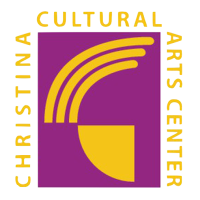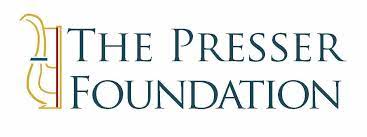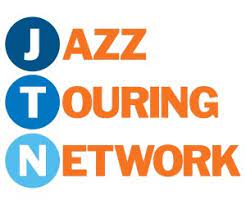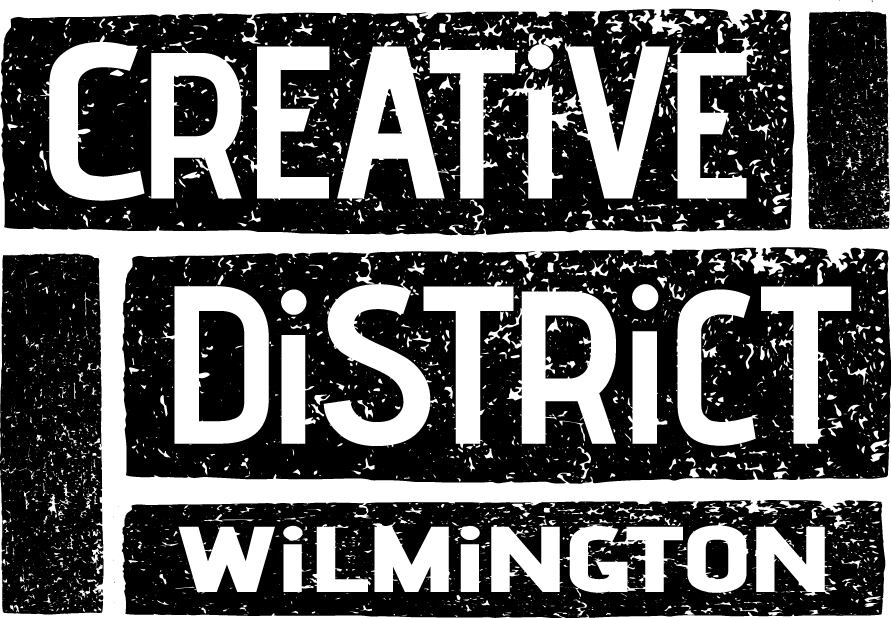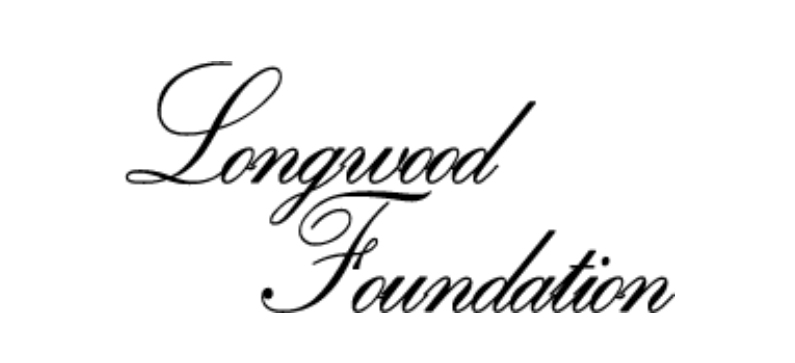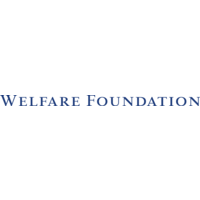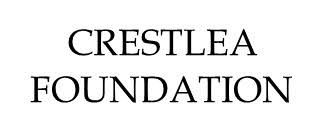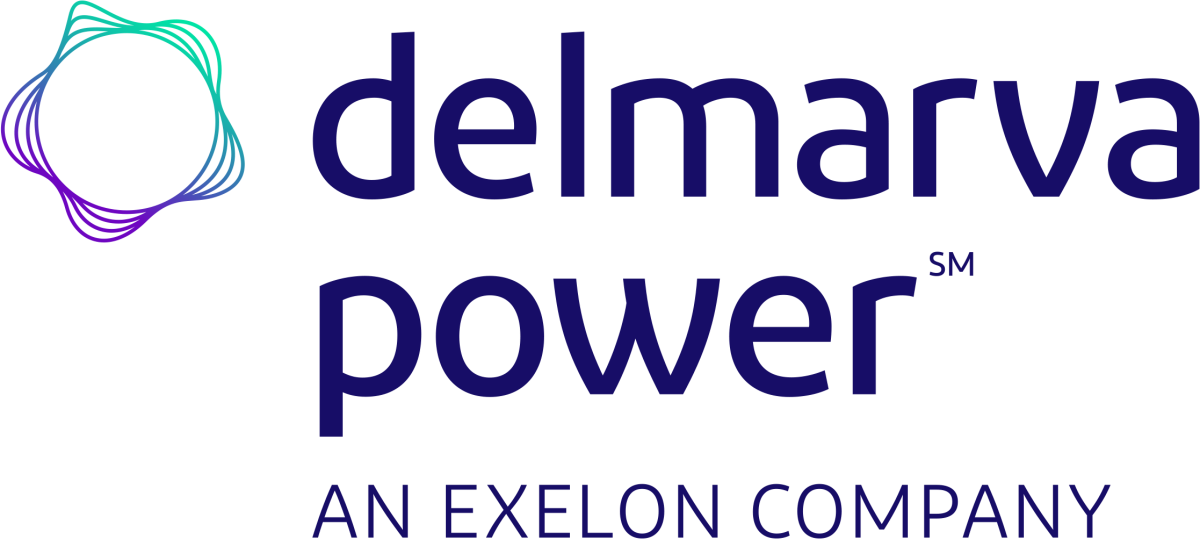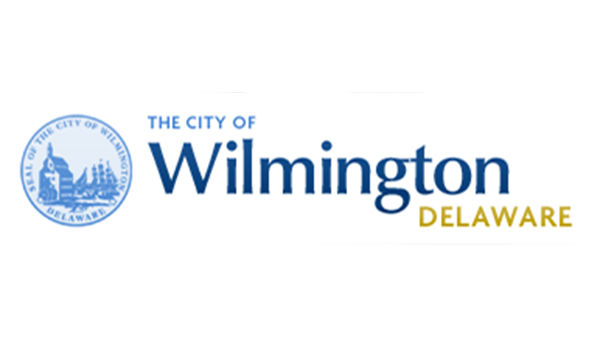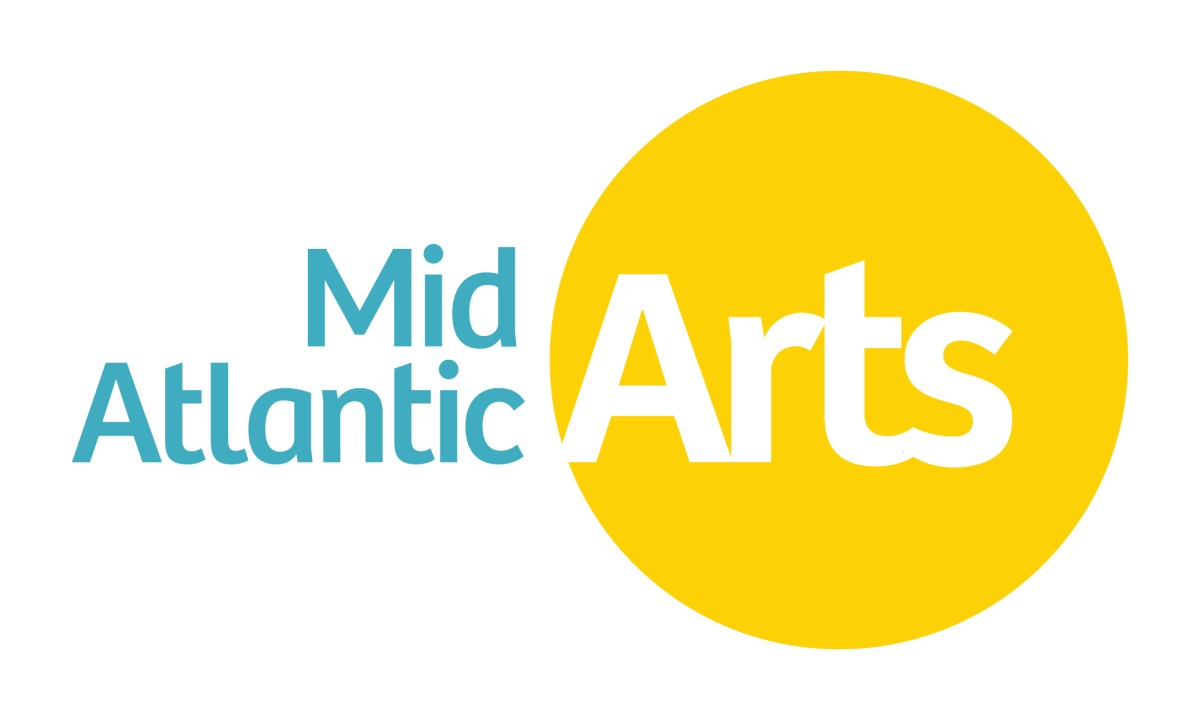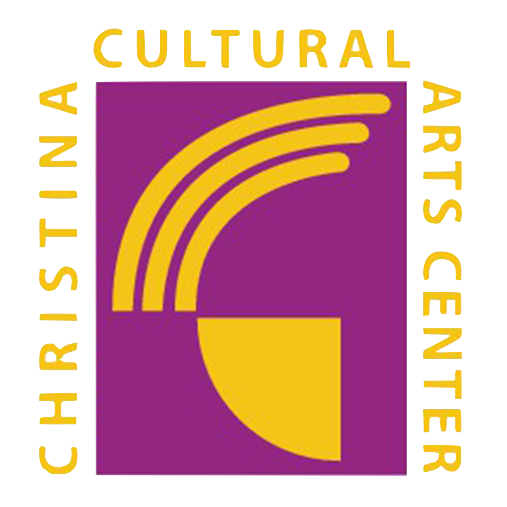The Dance program has a wide offering of developmentally appropriate classes designed to prepare students to make an artistic statement through movement. Dance demands physical, mental and spiritual endurance. Students are taught to prevent injury through warm-up exercises and acquire understanding of anatomy, dance vocabulary, positions and technique. Any student who has physical limitations or a prior injury must present a physician’s authorization before enrollment is accepted.
African Dance
Umfundalai is a contemporary African dance technique that comprises its movement vocabulary from dance traditions throughout the Diaspora. The literal word, Umfundalai, means “essential” in Kiswahili. Much like the late Katherine Dunham, Kariamu Welsh, Umfundalai’s progenitor, has designed a stylized movement practice that seeks to articulate an essence of African – oriented movement or as she describes, “an approach to movement that is holistic, body centric and organic.” With live drumming, students will be fully immersed in the magic of Umfundalai technique.

Praise Dance
Praise dancing is also a synonym for liturgical dance which encompasses all expressions of worship and praise through dance. Drawing on jazz, lyrical, ballet, and modern dance techniques, all cultures and ethnic backgrounds bring their own flare to praise dancing through their cultural specific movements.

Ballet Introduction: 5 Years and Up
This class meets once per week for 1 hour. Students learn the basic ballet positions while building strength, flexibility and coordination in an environment that emphasizes mental focus, etiquette and musicality. Students are introduced to ballet terms, ballet positions, floor exercise, practice at the barre, center practice, walking, marching, running, skipping and jumps.

Ballet I
Students begin to experience formally constructed classes, including center work, as well as the technique and discipline of traditional ballet. Students are re-introduced to ballet terms, ballet positions, floor exercise, and practice at the barre, center practice, turns and jumps. Students begin to experience formally constructed classes, including center work, as well as the technique and discipline of traditional ballet. Students are re-introduced to ballet terms, ballet positions, floor exercise, and practice at the barre, center practice, turns and jumps.

Ballet II
For students who have completed Ballet I, or students ages 10 and above with no previous training based on teacher assessment and recommendation. This class meets once per week for one hour. Students who are eager to receive extra training may sign up for both Ballet III classes and take class twice per week for one hour. Students expand their understanding of basic ballet technique and continue to develop a foundation for strength and proper alignment.

Ballet III
For intermediate students by placement or audition only. This class meets once per week for one hour and fifteen minutes. Students who are eager to receive extra training may sign up for both Ballet II classes and take class twice per week These students are introduced to more intricate steps and combinations, including jump and turn sequences, that provide a foundation for intermediate ballet.

Ballet IV
For intermediate students by placement or audition only. This class meets twice per week for one hour and a half. Students refine their technical skills while developing artistry. Those who have achieved exemplary attendance, proper foot alignment, ankle strength and mastery of fundamental technique may be invited to dance en pointe.

Modern I & II
Modern, best described as a barefoot ballet, is a dance technique that utilizes deep stretching, staccato and graceful movement. In this class the dancer is introduced to the Dunham and Horton techniques. This form of dance allows allow students to explore their individual dance style outside of the structure of traditional ballet and jazz classes and interpret the mood or emotion of the music. As students progress to higher levels, the curriculum will become increasingly more complex and intricate.

Modern III & IV
Modern, best described as a barefoot ballet, is a dance technique that utilizes deep stretching, staccato and graceful movement. In this class the dancer is introduced to the Dunham and Horton techniques. This form of dance allows allow students to explore their individual dance style outside of the structure of traditional ballet and jazz classes and interpret the mood or emotion of the music. As students progress to higher levels, the curriculum will become increasingly more complex and intricate.

Early Childhood Movement (ECM)
Children ages 3-5 are required to begin with Early Childhood Movement. ECM helps children to gain an awareness of their bodies, and teaches art expression through movement. Large motor development, listening skills and rhythmic sense are developed. Children learn the basic principles of body patterning, about direction, self control, rhythm, space, weight and shape. Students work on overall coordination, correct posture, self-control, discipline and creative expression. Classes are 30 minutes in duration to address the attention span of younger children.

Hip-Hop
A high-energy class that infuses the latest styles of street dancing; breaking, popping, and locking with funk and jazz movements. Students will learn the importance of isolations and dynamics and are encouraged to step outside of the box by bringing their own individual style and personality to the movements.

Jazz
Jazz is based on ballet technique layered with traditional jazz movement and includes a proper warm-up, stretches, isolations, across-the-floor progressions, and combinations. This form consists of up-tempo movement executed by leaps, turns, high kicks and hip rolls, allowing a student’s personality to come through their movement by adding their own personal flare. Students will be introduced various styles of jazz to develop as well-rounded dancers. As students progress to higher levels, the curriculum becomes increasingly more complex and intricate.

Tap
Designed to develop rhythm, style and sound. Students will learn different tap styles emphasizing proper tap technique, producing clear tap sounds, coordination, and speed of movement. As students progress to higher levels, the curriculum will become increasingly more complex and intricate.

Dance Ensemble
A collective of CCAC’s young and older dancers perform primarily ballet, modern, jazz and hip hop dance. The ensemble is widely known and travels the city, state, and nation for performance. Many CCAC dancers have auditioned and been accepted into professional touring companies.

QUESTIONS
If you have any questions, feel free to contact us via phone or email:
Tabita Ares (School of Arts Program Manager): tares@ccacde.org
